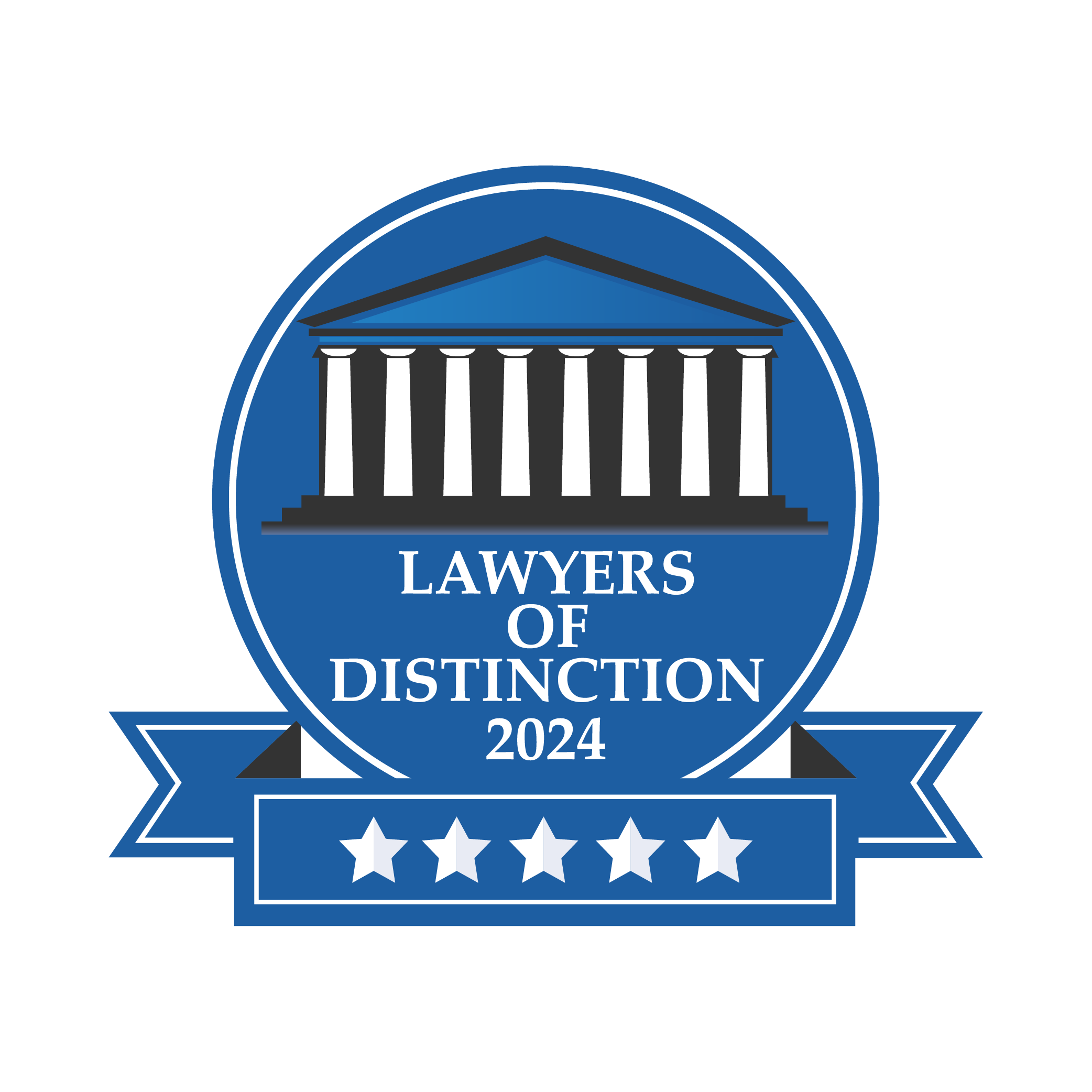To win a personal injury lawsuit, you typically must prove the other party was negligent. To prove the other party was negligent, there are various elements of negligence that you must prove, including causation. And within causation, there are two types of causation that must be established: proximate and actual cause (also known as “Cause in Fact”). Prior to jumping into establishing “What is Cause in Fact”, let’s take a quick look at the elements of negligence so we can get a foundation for what we are discussing.
Elements of Negligence
To prevail on a personal injury claim, you need to establish that the Defendant was “negligent.” To establish that a Defendant was negligent, you need to establish four elements by a preponderance of evidence:
- Duty – the Defendant had a duty to act in a certain way or perform in a certain manner. In a personal injury case, the defendant usually has a duty to act as “a reasonable person would act under the same or similar circumstances.”
- Breach – the Defendants conduct breached the duty by failing to act as a reasonable person would have acted in the same or similar circumstances.
- Causation
- Cause in Fact (also known as Actual cause or factual cause) – but for the defendant’s breach of duty, you would not have suffered damages or injuries. In other words, the defendant’s breach caused a chain of event that led directly to your damages.
- Proximate cause – the defendant’s breach of duty was close in time and space such that it was reasonably foreseeable that the breach of duty would cause your damages.
- Damages – the Defendants breach of duty actually and proximately caused you damages.
So What is Causation in Fact?
Cause in fact or actual cause is the timeline component of the defendant’s actions that led to your injuries. Often, this is referred to as the “but for” test. But for the defendant’s actions, would the resulting damages have occurred? It is likely best to explain the concept through a simple fact pattern. Let’s say the defendant is driving and is looking down at his phone. The defendant is distracted by his phone and fails to notice the light turned red. The defendant runs the red light and crashes into you. You are injured because the defendant ran the red light. So what is the cause in fact? In this fact pattern we can retrace the defendant’s actions to see what he could have done differently that would have prevented this crash from happening. The cause in fact is that he was looking at his phone and not paying attention to the road in front of him. Had the defendant been paying attention, it’s likely he would have noticed the light was red and this crash never would have happened. So, if cause in fact is this simple, why do we need proximate cause? The reason is because anything can be a cause in fact if we keep moving backwards. For example, if the Defendant would have stayed home this crash would not have happened, so the cause in fact could be that he left his house. Had the Defendant decided to move to another city several years prior this crash also would not have happened. You now see that relying only on the “actual cause” makes it possible for anything to be used for causation, because if we simply had not been born, this crash would not have happened. That is where proximate causation comes in.
What is Proximate Cause?
Proximate causation is the fairness component of negligence. The proximate cause definition is “a happening which results in an event, particularly injury due to negligence or an intentional wrongful act.” This definition, however, does little to explain actual cause vs proximate cause. Again, it is likely best to explain through a fact pattern. Let’s use the same facts as above. The Defendant is looking at his phone, runs a red light and crashed into another car and causes that person injuries. But this time, the plaintiff’s car crashes into a light pole, the light pole falls over and crashes into a building. The building catches fire, and causes the neighboring building to catch fire. The neighboring building is a NASA office that controls satellites orbiting space. Now, let’s say because of the fire in the NASA building the satellite falls from space and crashes into a house in Russia. Now, the question is: is it fair to hold the driver that ran a red light responsible for the damages caused to the house in Russia? Without question, the defendant driver is the cause in fact of the damages to the house in Russia. But for the defendant looking at his phone, he would not have caused the chain reaction of events that led to the damages to the house in Russia. Proximate causation, however, asks whether it was “reasonably foreseeable” that the defendant’s breach would cause the damage. When driving distracted, it is reasonably foreseeable that you could crash into another car or building, or even run over a pedestrian, but is it reasonably foreseeable that driving distracted would cause a satellite to fall out of the sky half-way around the world? Most people would say no. So under this fact pattern the defendant would likely be held responsible for the other driver’s damage to his car, his injuries, the damage to the light pole, and possibly the damage to the first house. After that, however, most people would find that it is simply not reasonably foreseeable to expect the rest of the result would occur from driving distracted.
Causation Working Together in Summary
Actual cause vs proximate cause work together as follows: actual cause or factual cause follow the chain of events that led to the damage. Proximate causation, however, follows the chain and at some point determines whether it was foreseeable that this would happen. If not foreseeable, proximate causation breaks the causation in fact chain and holds that it is simply unfair to hold the defendant responsible for all the unforeseeable outcomes from his breach. To prevail on a personal injury claim, you need to establish both actual and proximate cause. At times such as those, you’ll want to contact a Las Vegas personal injury lawyer to help you get the best possible results for your claim.
VALIENTE MOTT
As you can see, causation can be a difficult and often nuances concept to navigate is proving your negligence case. If you’ve sustained an injury, contact the Nevada personal injury attorney team at Valiente Mott Injury Attorneys today to help you establish actual and proximate cause. We are a team of legal experts that will help you navigate through the complicated legal process.

